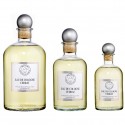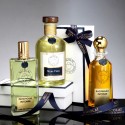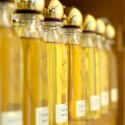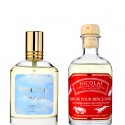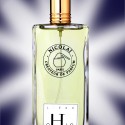07\10\2011
Written by Maxi
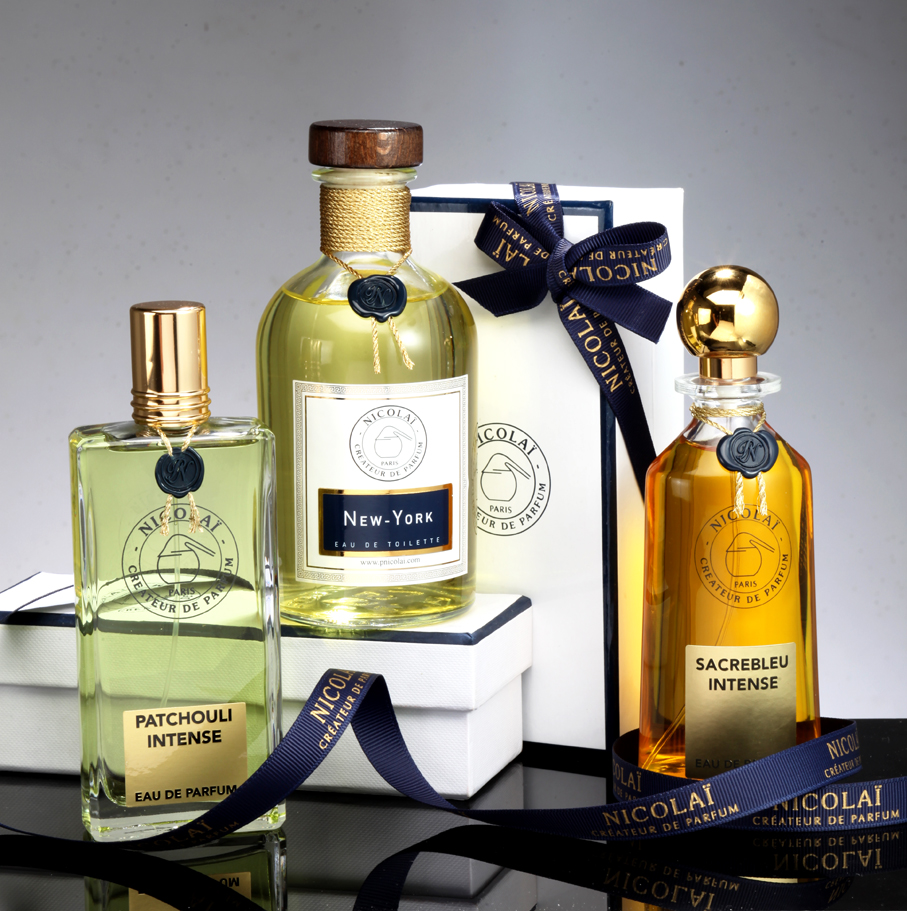
Nicolai and the Art of Classic Perfume Making
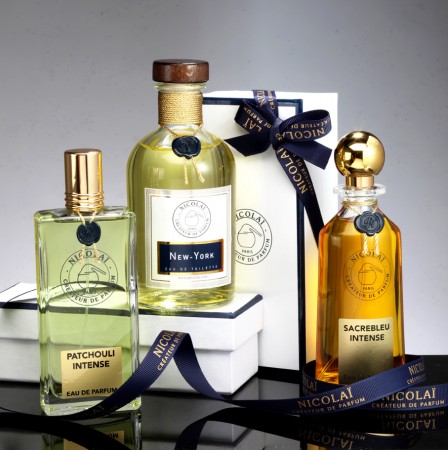
“When nothing else subsists from the past, after the people are dead, after the things are broken and scattered· the smell and taste of things remain poised a long time, like souls· bearing resiliently, on tiny and almost impalpable drops of their essence, the immense edifice of memory”
–Marcel Proust ‘The Remembrance of Things Past’
The olfactory sense in humans is probably one of the most underestimated ones. It has been proven to be crucial to the choice of our partners and the recognition of parents and children, and that the olfactory memory is the one creating the most vivid memories.
Similarly, the art of perfume making is one of the most underrated art forms in our societies. BLEND magazine met Patricia de Nicolaï; a descendant of Pierre Guerlain following the tradition of excellent classic perfume making, to shed light on this ancient craft.
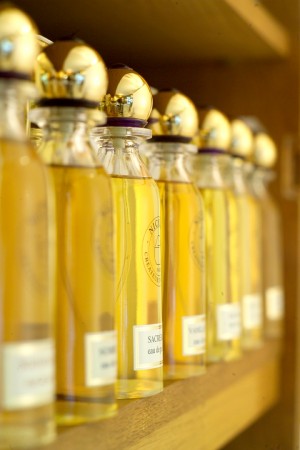
Growing up as a descendant of Pierre Guerlain, in a family with a strong tradition in classic perfume making, Patricia de Nicolaï spent her young live immersed in the distinctive French fragrances and scents of her family members. One would think that she was destined to become a perfumer, but the perfume business at the time was a very male dominated profession and even the Guerlains wouldn’t have allowed her to be educated by them.
While she wanted to study chemistry she discovered the school of perfume chemistry, now the Institut Supérieur International du Parfum, de la Cosmétique et de l’Aromatique Alimentaire, and decided promptly to enroll into the three year long education. With the help of her uncle Jean-Paul Guerlain she managed to enter the world of scents and spent the following years working for different companies, like Florasynth and Quest, where she could be part of the different processes of perfume making.
While working for Quest, Patricia grew ever more frustrated by the limitations in choice of material, price, and marketing plans. She also felt that there was a lack of knowledge about the perfumer, since the name of the real creator of scents was never mentioned. She wanted freedom and set up her own perfumery in 1989. The shop front simply bared her name and behind the counter one could see the laboratory she worked in, which brought the process of perfume making closer to the client than the mere product itself ever could.
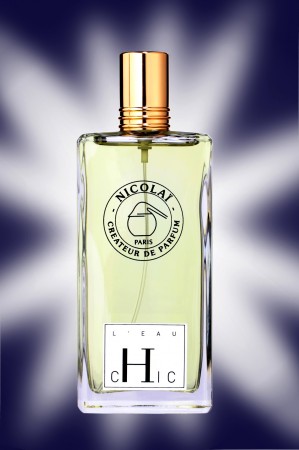
To Patricia every fragrance tells a story. Inspirations can come from anywhere, but usually she becomes infatuated with a note and develops it further until she can’t smell it anymore. It can take her up to a year or longer to develop a perfume that she is satisfied with. Her newest creation, L’eau Chic, for example was developed from the idea of making a summery perfume from geranium oil.
An inspiration can also be a core note of one of her home fragrances. As she explains: “The home fragrances are more simple, but with a strong core. They are more immediate and sometimes inspire me to develop them into perfume.” In some instances Patricia can also be inspired by scents in her surrounding. During the creation of Week-end a Deauville she was obsessed with the smell of cedar oils. She actually thought of the name of the fragrance before she knew what it would smell like. Then she created the perfume by combining the things she associated with that region of the Normandy: spring, sea side, apple, lily of the valley and cedar trees.
To her shock, the mayor of Deauville didn’t appreciate the fragrant namesake and is planning on sending lawyers to take a look at her books and eventually capitalize on her creation. An incident of greed that confuses Patricia, since she didn’t mean anything but good.
The process of perfume making is a very technical, intuitive, and time intensive process. Patricia always has to work on several fragrances at a time to keep her olfactory senses fresh. She has to be very disciplined and in constant training of smelling the ingredients, to not forget the different facets and stay sharp. Sometimes though, she has to leave a scent for a while to come back to it later.
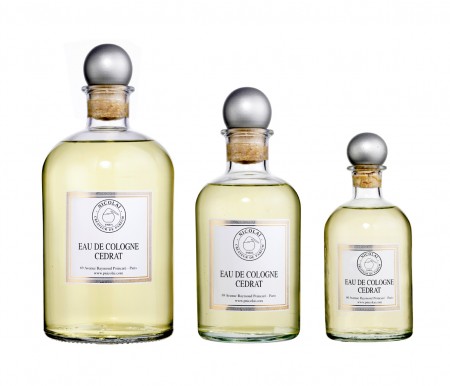
Patricia is glad to see more niche brands coming out in recent years; a trend to more daring scents, originality and a much larger choice in fragrances. While her creative process and her family took up most of her time at the beginning of her career, she focuses more on the communication of her fragrances and of perfumery as an art form now.
She became the director of the Osmotheque; a conservatory institution dedicated to preserving every fragrance available. A complicated process that involves a dark basement with constant temperatures, air-tight tinted glass containers and the registration of each perfume’s formula. They host workshops on the history and basics of perfume making. As Patricia says: “Like in other art forms, there is not a single perfume that doesn’t speak of a history or referential interaction with fragrances that came before. Perfume is a job and passion that contributes to a very special art of living. We hope to provide this feeling to each one of our costumers.”
In the Netherlands Nicolaï is exclusively available at Annindriya Perfume Lounge.
visit the website:
Nicolaï
Osmotheque
Annindriya Perfume Lounge

